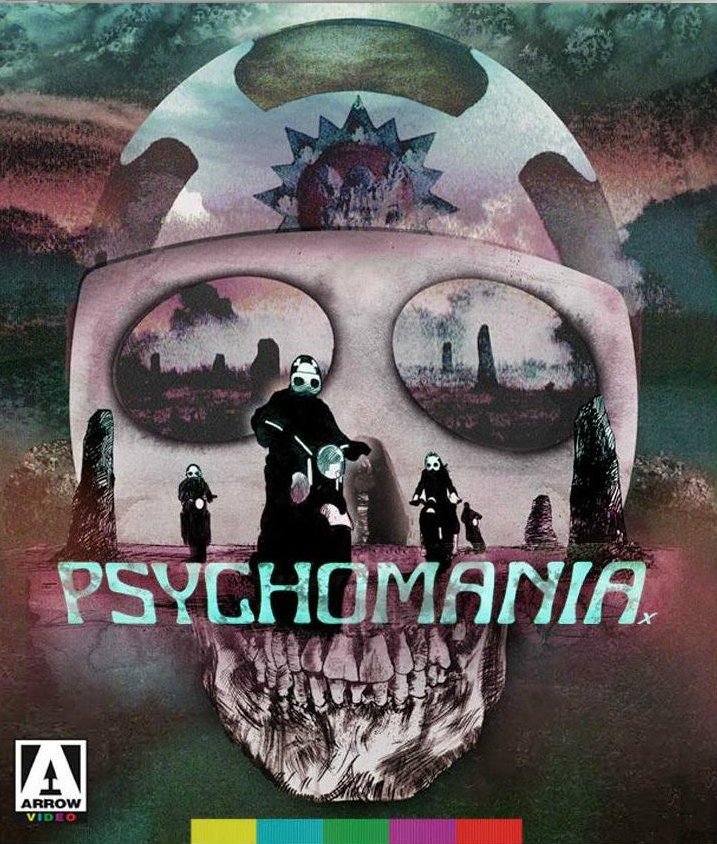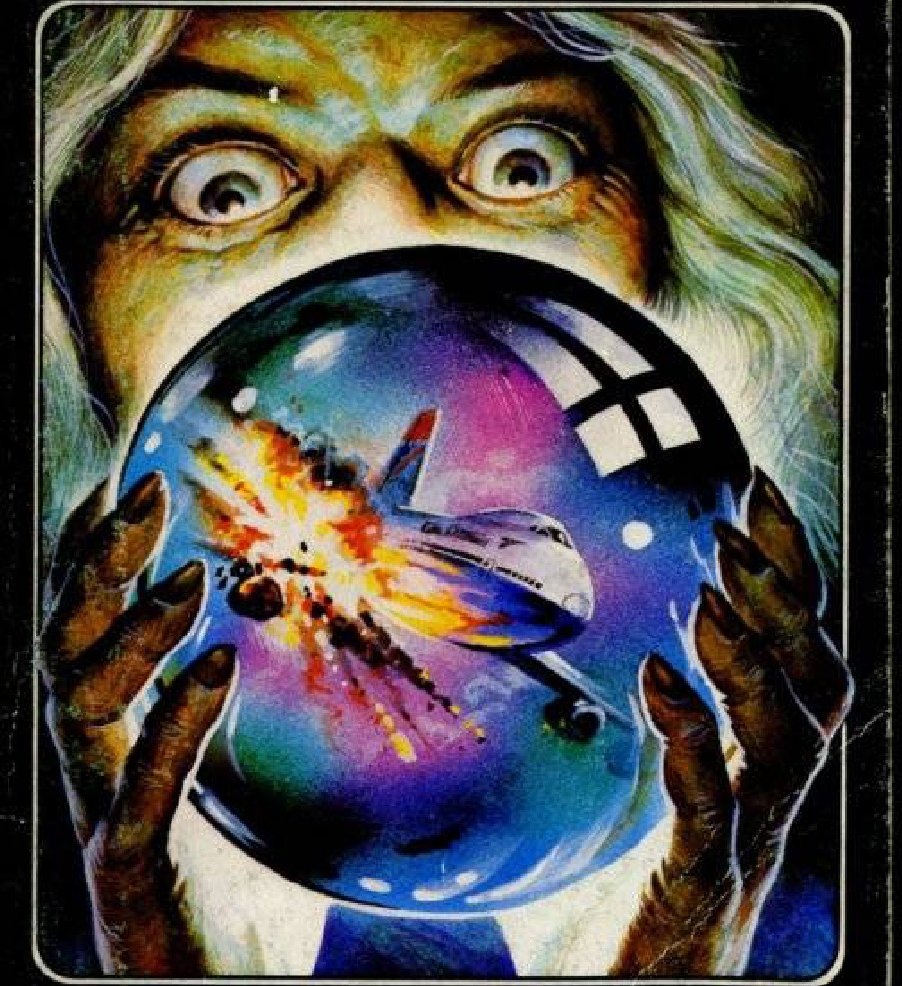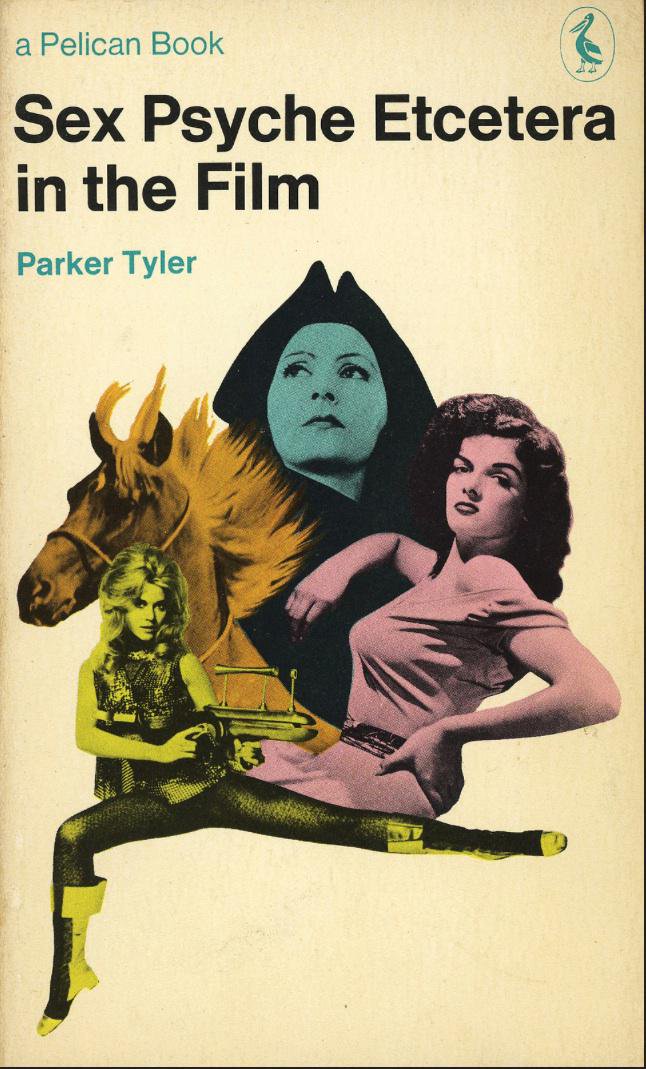Pulp is lowbrow and cheap, which is why it was able to skirt around the censorship laws of the 1950s and cover subjects that 'serious' novels had to hint at. And one taboo topic dominated pulp in the 50s: #lesbian love.
This is the story of the lesbian pulp explosion...
This is the story of the lesbian pulp explosion...

There were a few pre-war novels that treated lesbians as serious characters in relationships with other women, but mostly the topic was handled in circumspect code. However all that changed in 1950... 

Women's Barracks by French author Tereska Torrès was published by Fawcett Gold Medal in 1950. Describing the lives of Free French Forces stationed in London in WWll it candidly discussed lesbian relationships and passions, and went on to sell over four million copies worldwide. 

Sensing a market, Gold Medal published Spring Fire in 1952, a novel by Vin Packer (aka Marijane Meaker) about a lesbian affair between two students. Again, sales were high... 

But there was a problem: US obscenity laws meant that books could not be sent through the mail if they promoted homosexuality. To get around this lesbian pulp stories had to have either a redemptive or unhappy ending: characters had to end up straight, or end up punished. 

There were some exceptions: Patricia Highsmith's novel The Price of Salt (1953) has a relatively happy ending for the lovers. However Highsmith still had to publish it under the pseudonym Claire Morgan to 'protect' her reputation as a serious writer. 
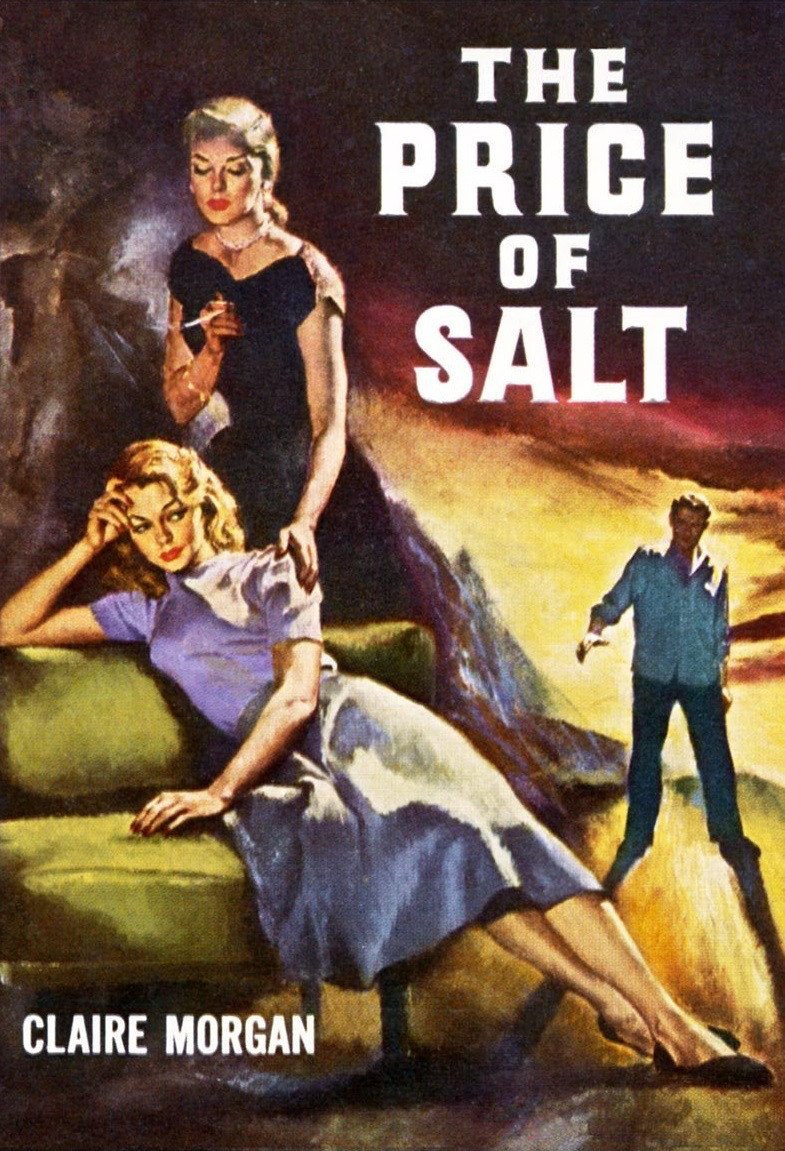
Whilst some lesbian pulps were written by lesbian writers, the bulk of the genre was produced by men - often using female pen names. Generally these were 'Lesploitation' novels: high on sex, low on story and aimed at males. 



But in small-town America lesbian pulp was sometimes the only media people could access where #LGBT themes were sympathetically dealt with. Whilst cheesy and often exploitative they still sent out a message: if you're gay, you're not alone... 

A lot of lesbian pulp is based on stereotype: older controlling lesbians seducing young innocents, men fighting butch women for the love of a confused wife, small-town girls falling for big city vices... 




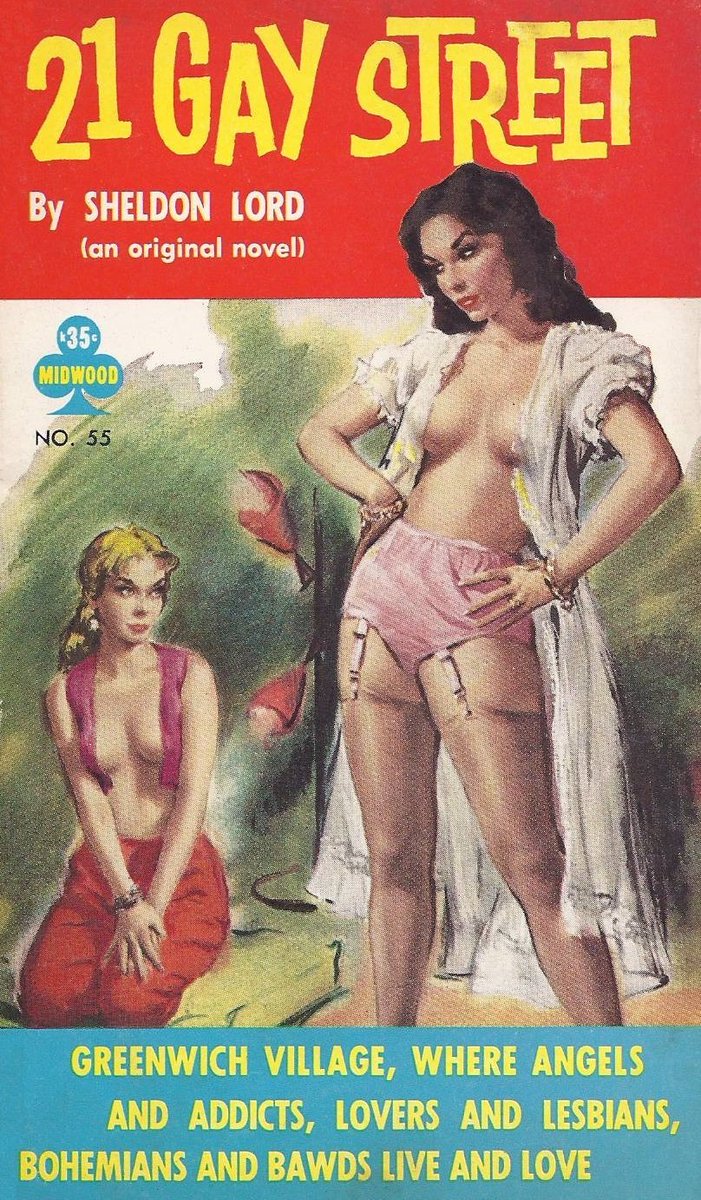
The cover blurb and titles also suggested faux-sympathy with the lesbian 'dilemma': a demi-monde, a soft sin, unnatural but irresistible hungers and desires. All this was aimed at men - curiosity and titilation in equal measure. 



However the cover art for lesbian pulp generally shows the characters in a sympathetic light: sensual women who deserve understanding and fulfilment. 

Most lesbian pulp was about middle-class white women, often in domestic settings. Women of colour were rarely featured, though there were a few exceptions. 



As obscenity laws were relaxed in the 1960s the lesbian pulp market began to decline. More serious and realistic lesbian stories began to be published, and the pulps were reduced to voyeurism and gimmicks to sell copies. 



By the end of the 1960s the lesbian pulp genre had all but disappeared: the market had moved on and the public conversation about sexuality had changed... 
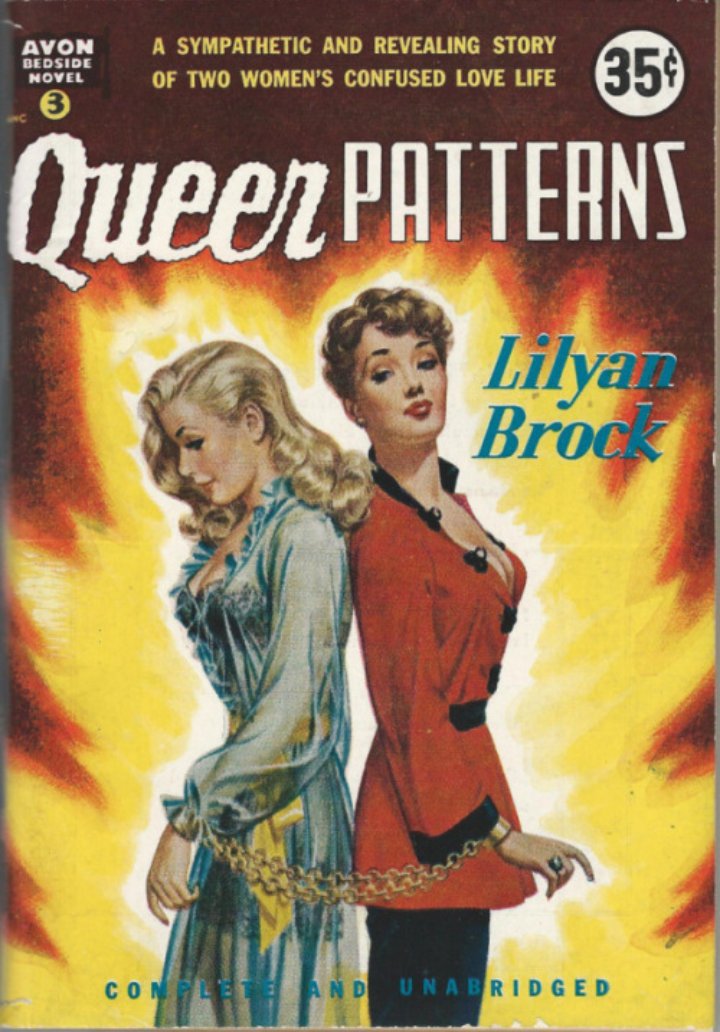
So what was lesbian pulp's role in the 1950s? It talked openly about things that other media only hinted at, and tried to show its subjects in a sympathetic light. If it's sleazy or cheesy - well that's pulp. But it played its part.
More stories another time...
More stories another time...

• • •
Missing some Tweet in this thread? You can try to
force a refresh


